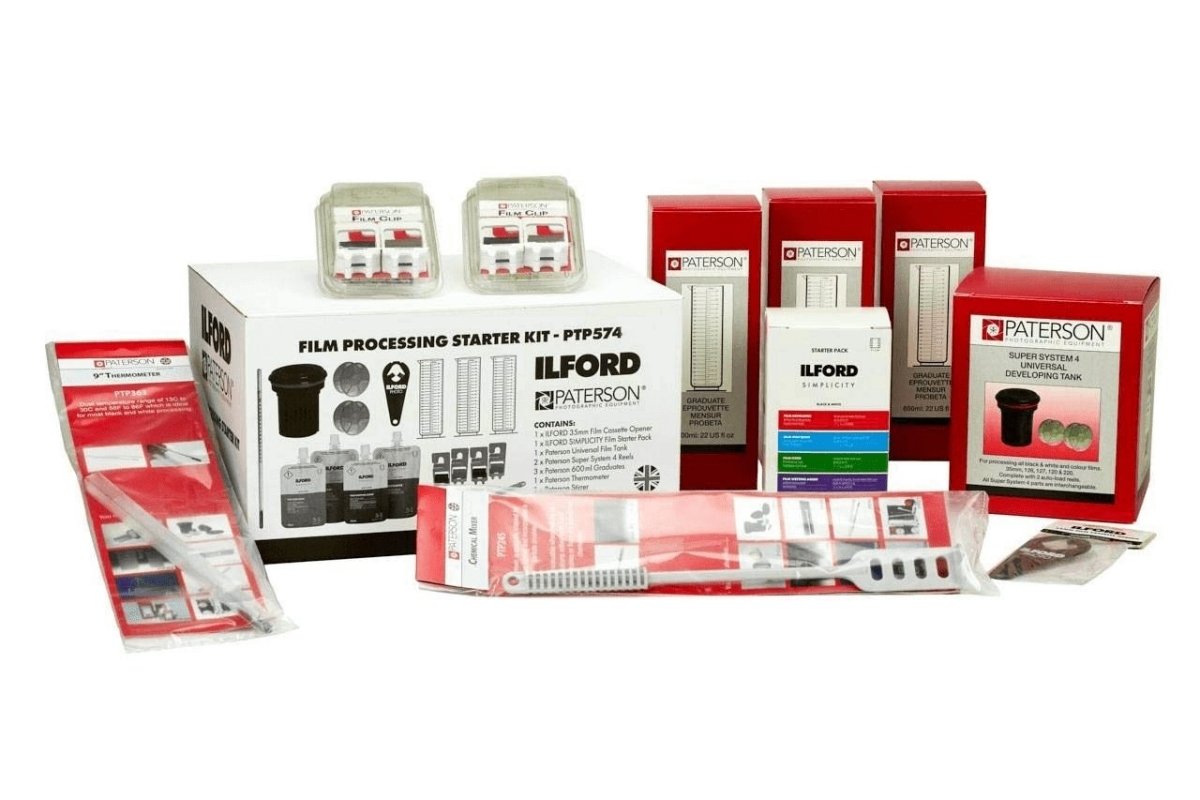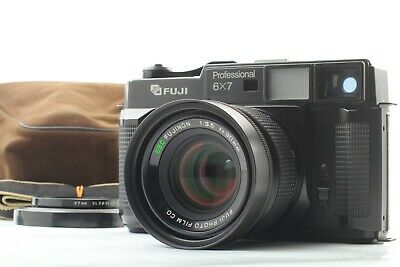I know this is the Digital Photography forum, but I don't think there is a film counterpart.
I grew up in the 80s and 90s and shot film my entire childhood/early adulthood. But for the most part I just had a point and shoot and bought whatever film was at the grocery or drug store, and developed the rolls similarly. I even used some of the dumb 110 cameras that never shot anything in focus because when you pressed the shutter button the whole camera tipped.
In college I bought a real SLR, which I subsequently and regretfully sold when I started to get serious about learning photography on a digital camera. I tried shooting manual with my SLR but as a poor college student I could not afford the price of film and developing while learning, so most of my use with it was as a glorified point and shoot.
But now that I am older, wiser, and actually know how to shoot well, I am interested in trying film again. I've been considering a film camera for a couple of years but think I am ready to actually delve in. I have not purchased a camera yet but that is coming soon. I really want a film camera before we go to the beach this summer.
What I really need to know about is the actual film stuff, not the camera stuff. Like what are your favorite films? Portra? Velvia? Ilford for black and white?
What is the practical difference between film and slide? I know film is reversed and slide is developed as we would see it, but can I make prints from both? Is one substantially better than another? I don't have a slide projector, nor do I want one.
How big can I print 35mm film? I do realize this has a lot to do with grain and the base exposure. I just mean in generalities. I have some 24x36" prints in my house. Would I be able to print that large if the image is good?
My local camera store does developing and sells quite a bit of film. I am not sure if they do scans also. Do most developers provide scans as a matter of course? Because of course I am going to want to share/archive images digitally.
What else should I consider before taking the plunge?
And if anyone has some favorite film images and knows what stock they used, feel free to share here. ? You can also share medium or large format images if you want.
I grew up in the 80s and 90s and shot film my entire childhood/early adulthood. But for the most part I just had a point and shoot and bought whatever film was at the grocery or drug store, and developed the rolls similarly. I even used some of the dumb 110 cameras that never shot anything in focus because when you pressed the shutter button the whole camera tipped.
In college I bought a real SLR, which I subsequently and regretfully sold when I started to get serious about learning photography on a digital camera. I tried shooting manual with my SLR but as a poor college student I could not afford the price of film and developing while learning, so most of my use with it was as a glorified point and shoot.
But now that I am older, wiser, and actually know how to shoot well, I am interested in trying film again. I've been considering a film camera for a couple of years but think I am ready to actually delve in. I have not purchased a camera yet but that is coming soon. I really want a film camera before we go to the beach this summer.
What I really need to know about is the actual film stuff, not the camera stuff. Like what are your favorite films? Portra? Velvia? Ilford for black and white?
What is the practical difference between film and slide? I know film is reversed and slide is developed as we would see it, but can I make prints from both? Is one substantially better than another? I don't have a slide projector, nor do I want one.
How big can I print 35mm film? I do realize this has a lot to do with grain and the base exposure. I just mean in generalities. I have some 24x36" prints in my house. Would I be able to print that large if the image is good?
My local camera store does developing and sells quite a bit of film. I am not sure if they do scans also. Do most developers provide scans as a matter of course? Because of course I am going to want to share/archive images digitally.
What else should I consider before taking the plunge?
And if anyone has some favorite film images and knows what stock they used, feel free to share here. ? You can also share medium or large format images if you want.





